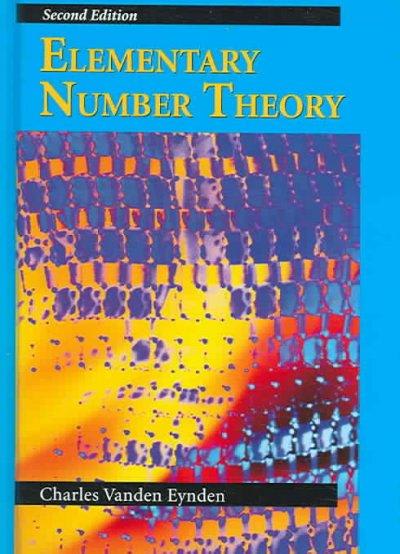Question
Customers arrive at a bank according to a Poisson process with a rate of 30 customers per hour. The bank has a single line for
Customers arrive at a bank according to a Poisson process with a rate of 30 customers per hour. The bank has a single line for the customers, and has three tellers. Each time a customer reaches the front of the line, if there is a teller who is not currently servicing someone, the customer immediately begins being serviced by that teller. If all of the tellers are busy servicing other customers, the customer at the front of the line waits until one of the tellers finishes servicing their customer. The servicing times of the tellers are independent of each other and of the number of customers in line, and are exponentially distributed with a mean servicing time of 5 minutes. Finally, if a customer arrives and there are already four customers in line (in addition to the three that are being serviced), they do not join the queue and instead immediately leave the bank.
(a) Model this system as a CTMC by specifying its transition rate diagram and generator matrix.
b) Suppose that the queue currently has four people in it and that each of the three tellers are busy servicing a customer. What is the probability that two new customers arrive and immediately depart (due to the fact that the queue is full) before any of the tellers finish servicing their customers?
Step by Step Solution
There are 3 Steps involved in it
Step: 1

Get Instant Access to Expert-Tailored Solutions
See step-by-step solutions with expert insights and AI powered tools for academic success
Step: 2

Step: 3

Ace Your Homework with AI
Get the answers you need in no time with our AI-driven, step-by-step assistance
Get Started


